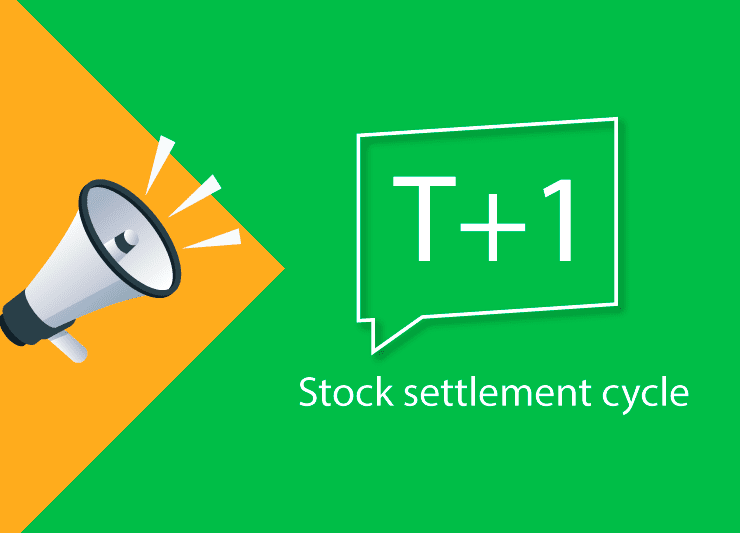Decoding Peak Margin – What has changed after December 1 ?

A new set of rules regarding peak margin collection and reporting by SEBI has been the talking point of entire broking industry since their introduction. The new mandate has gone live from 1st December 2020 and from now on there will be a cap on maximum intraday leverage that can be provided by the broker and this cap will continue increase in a phased manner from 1st Dec 2020 to 31st August 2021.
In a nutshell, prior to this mandate brokerage firms could allow any amount of leverage for intraday trade which will not be possible from now onwards.
As per the new SEBI guidelines, the brokerage firms will now have to collect a minimum of 25% of funds on prescribed margin for intraday trade across various products (Equities and F&O).
For equities, it would be 25% on VAR + ELM or 20% of the trade value (whichever is lower).
For futures and options (writing), it would be 25% on the SPAN + exposure margin.
The new changes will take effect in 4 phases.
Phase 1 (Dec 2020 to Feb 2021) – The minimum margin the broker has to collect while entering a position is 25% of the prescribed limit.
Phase 2 (Mar 2021 to May 2021) – The minimum margin the broker has to collect while entering a position is 50% of the prescribed limit.
Phase 3 (Jun 2021 to Aug 2021) – The minimum margin the broker has to collect while entering a position is 75% of the prescribed limit.
Phase 4 (Sep 2021 onwards) – The minimum margin the broker has to collect while entering a position is 100% of the prescribed limit.
Until now margins were reported and calculated only at the end of the day which made the additional leverage possible but from now on minimum margin for all intraday positions is required and will attract a penalty in case of a shortfall. To implement this intraday restriction, Clearing Corporations (CC) will now take 4 snapshots of client positions at random times during the day and see if there was sufficient margin available with the broker at that time. The highest out of the 4 will become the peak margin and any shortfall in it will attract a penalty.
It may sound tricky to common investors but we have got your back, Arihant’s new margin calculator is up on the website and will help you calculate the margin requirements in just few clicks.
Also from 1st December, the credit offered for taking other positions after selling delivery will be cut down to 80% of sale value as opposed to current 100%.
Eg: If you sell holdings worth Rs.10,000 then only Rs. 8000 would be visible and available for use on the same day.
On the next day you will be able to use the entire 100% of the amount. As per the new guidelines, only 80% of the sell amount is to be made available for use in the customer’s wallet on the T+1 day (the entire 100% would be available when the stock is settled on the T+2 day).
Intraday trades generate the maximum volumes and liquidity in the market and all the regulations pertaining to them will undoubtedly affect the contours of the market but the D street is being fixed for good , these guidelines aim at managing risk and will prove beneficial for traders and broking houses both in the long run.






